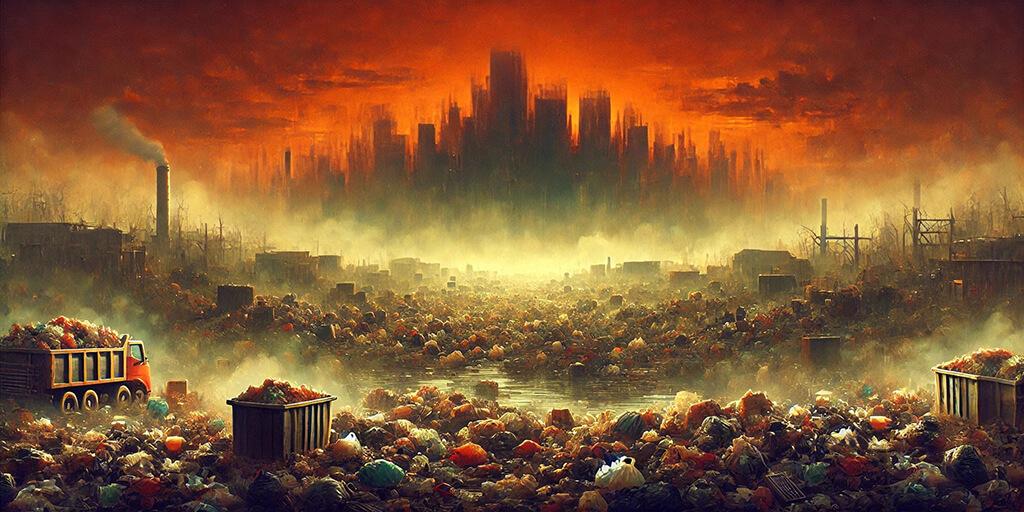
Thousands of Toxic UK Landfills
A recent study in the British Medical Journal found there are over 21,000 historic landfills across Britain that contain unknown substances (The Guardian, June 28, 2024). For decades, the standard way to dispose of toxic chemicals was known as “dilute and disperse.” This meant that politicians and planners would take industrial and domestic waste, “stick it in a hole in the ground, cover it up and hope for the best.” According to the study, “80% of the British population lives within 2km of a functioning or closed landfill site.”
Many currently active and now-abandoned landfills are found in highly populated areas of the United Kingdom, and many of these sites leach “forever chemicals,” methane gas, and other banned chemicals into the environment. Methane gas exposure can “lead to mood changes, slurred speech, vision problems, memory loss, nausea, vomiting, facial flushing and headaches”—and even worse symptoms in some. Of particular concern are landfill sites located in floodplains and along ocean shores, where exposure to water will spread these dangerous poisons farther afield. Many toxic landfills have been converted to green spaces and parks because permits to build on top of these sites are not attainable.
The UK is not alone with its toxic landfills. Many nations around the world face this same problem, and the toxic effects of leeched chemicals are seen in humans, insects, and animals. While our modern civilization has given us many marvelous advances, we have also created dangerous poisons that will impact the environment and human life for decades to come. However, the Bible foretells that a time of refreshing and restoration is coming when Jesus Christ returns and begins resolving these deadly problems (Acts 3:19–21). To learn more about what is in store for our planet, read “Oceans in Trouble.”



